Coaching is a process of shared exploration, where the coach and the client work together to identify future goals and remove the obstacles that had prevented the client from achieving those goals.
Coaching is highly outcome oriented, so the focus is not on the past but on the future. Any exploration of the past is done to identify common patterns that have played out in the past and which are likely to present obstacles in the future, so that those obstacles can be resolved or navigated around.
The role of the coach is to accelerate change for the client by bringing together and connecting the many different factors affecting and influencing the client, so that the client can navigate a clearer path towards their chosen goals.
As with any profession, you can encounter average coaches and also excellent coaches. The difference is often found in their breadth of experience and their use of coaching models. An inexperienced coach will be more likely to use explicit coaching models because they need the support of a system that tells them what question to ask, what to do next and so on. A more experienced client will be more responsive to the needs and behaviour of the client, whilst also maintaining overall guidance of the conversation.
A coaching model is a greatly simplified, generalised, limited description of a ‘typical’ coaching interaction that provides a framework for a coach to learn from, and is not designed to be used as the coach's experience develops. A model is like the scaffolding used to build a building. Once the work is finished, the scaffolding is removed.
We can trace the origins of coaching back to psychotherapy which first emerged in the 18th century with people such as Mesmer and then Freud pioneering personal change techniques which didn’t involve electrocuting people or drilling holes in their heads in order to let the demons out. I think you’ll agree that early psychoanalysis, while far removed from today’s techniques, was still greatly superior to those more invasive methods.
As a species, we are on a journey of self-discovery, and that journey is far from over. Until we can recreate a fully functioning artificial human mind, we cannot say with any certainty how the mind works. We can create artificial minds with extremely limited capabilities, and no more than that. For example, when IBM’s Deeper Blue beat the chess grand master Gary Kasparov, he accused IBM of cheating because the computer showed human-like powers of reasoning. He set a trap for the computer, and the computer knew what he was doing. The computer won a game of chess, but it couldn’t hold a press conference afterwards. It could only do what it had been programmed to do.
When we watch an expert at work, we can figure out the rules of the game that they’re playing. Whether it’s chess or therapy, we can emulate them. When we observe enough games, we can build a big enough set of data that we could perform as well as the expert, in limited conditions.
This is the basis of coaching. We observe a client, and we figure out broad patterns in their approach and behaviour. We can then recognise situations where those patterns are effective, and those where they are ineffective. Failure or success has little do with being 'good' at something, the alignment between behaviour and environment is far more important. For example, a sprinter is unlikely to win a marathon, no matter how good a runner he or she may be. What we generalise as a the role of 'runner' is actually so many different things, for different environments. The same goes for roles such as 'salesperson' or 'engineer', or even 'father' or 'mother' - it just isn't one thing, one approach that works every time. So by breaking habits, moving out of your comfort zone and getting better at recognising the appropriateness of your approach to the situation, you will be more effective in achieving your goals. During a series of coaching sessions, lots of small steps forwards become giant leaps.
